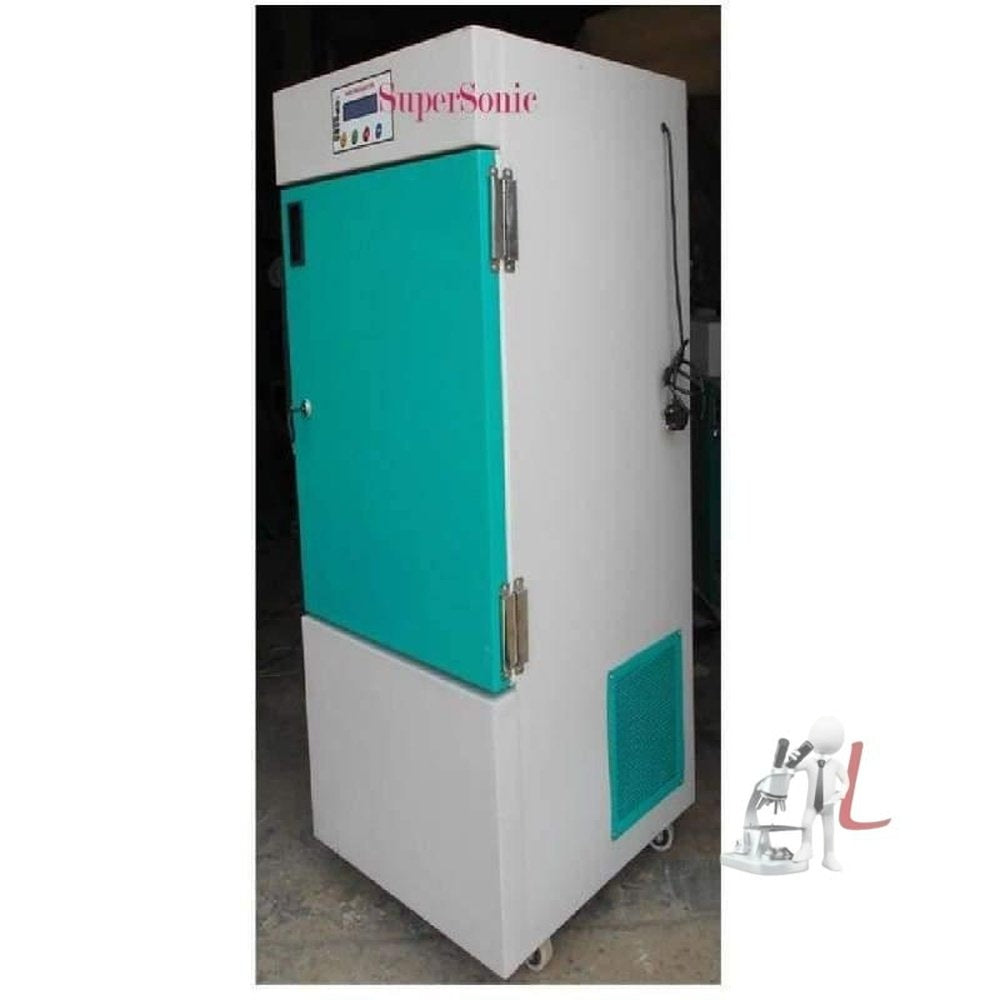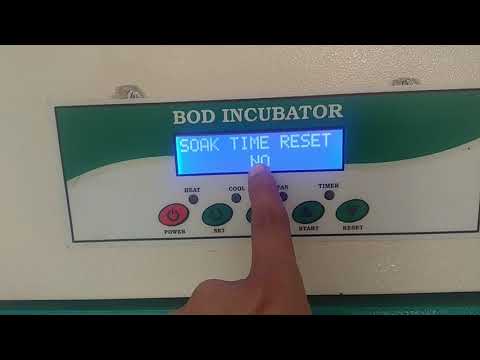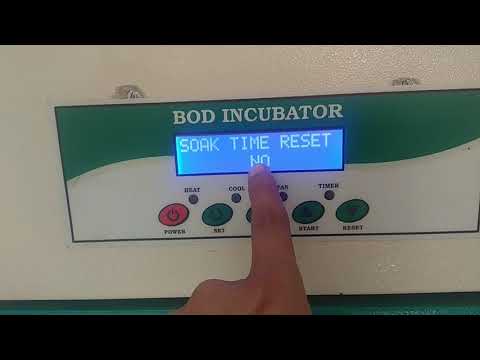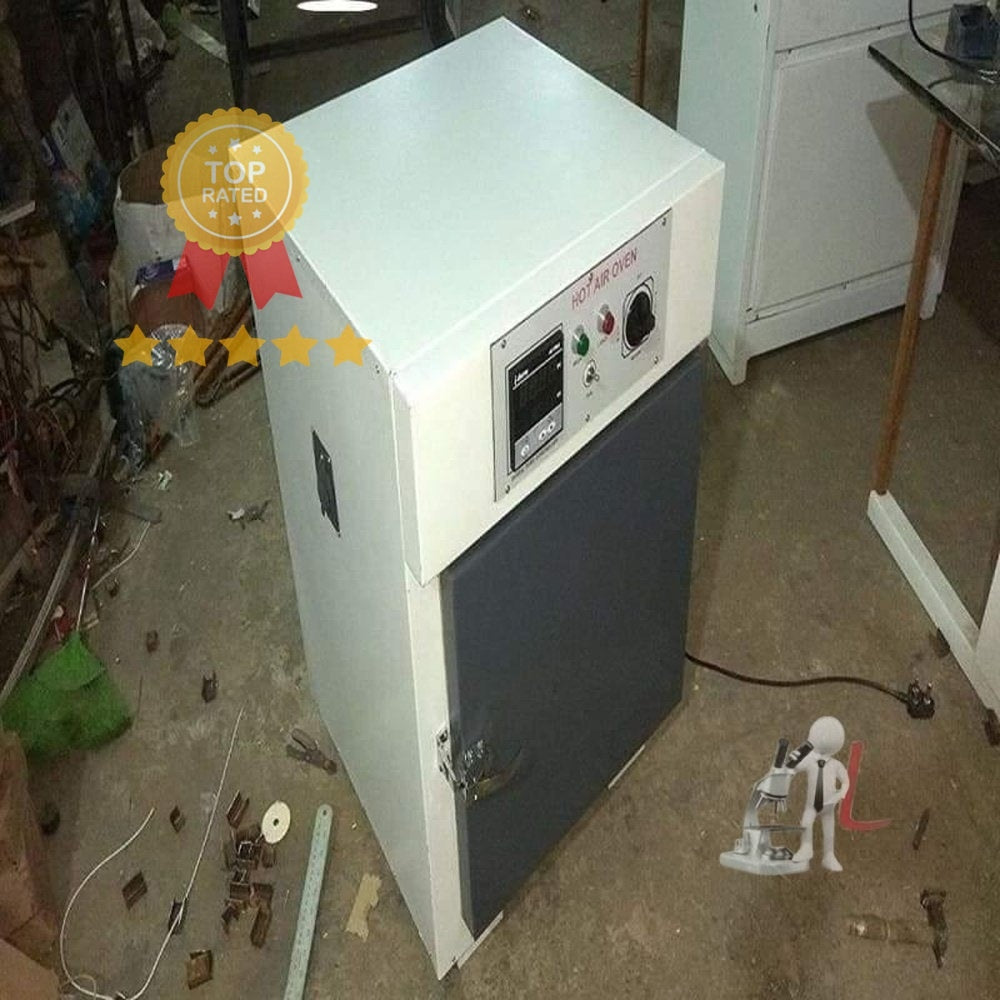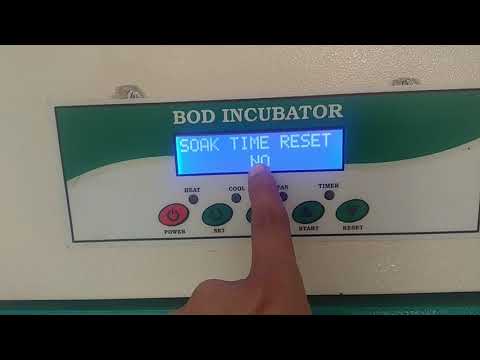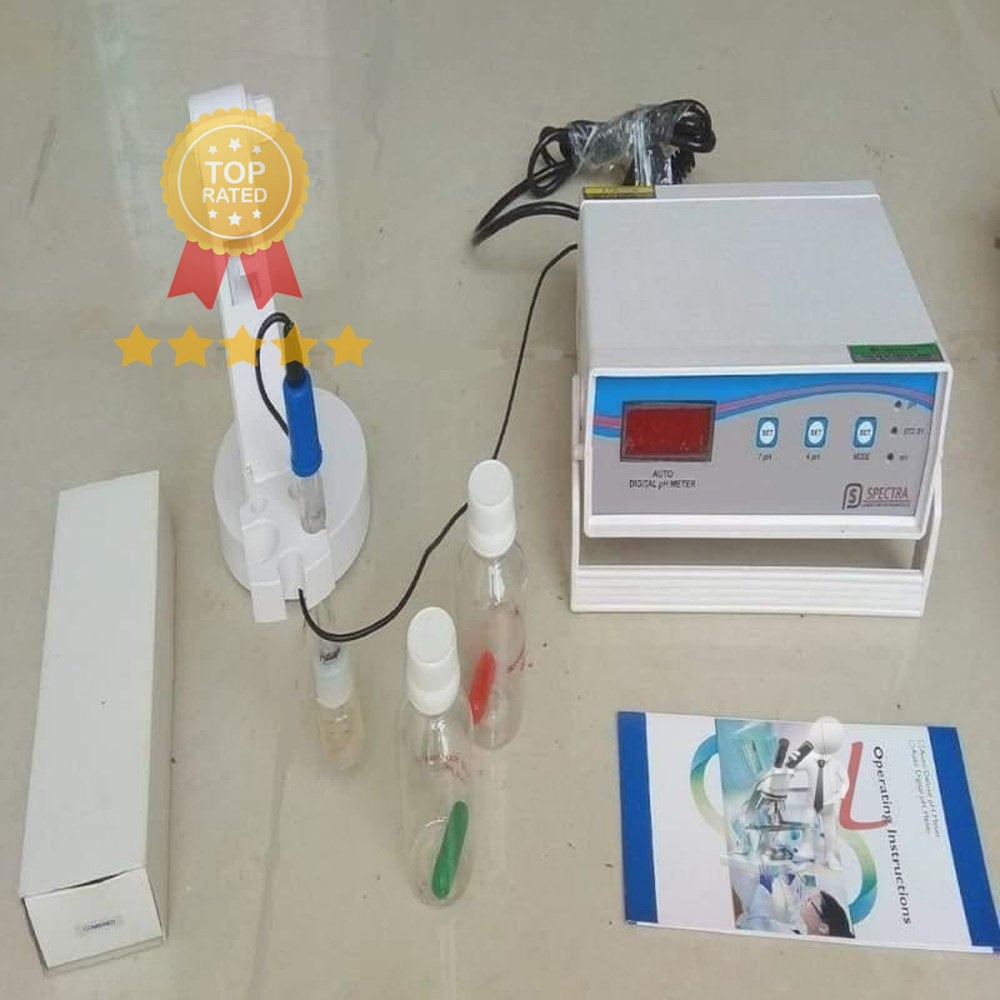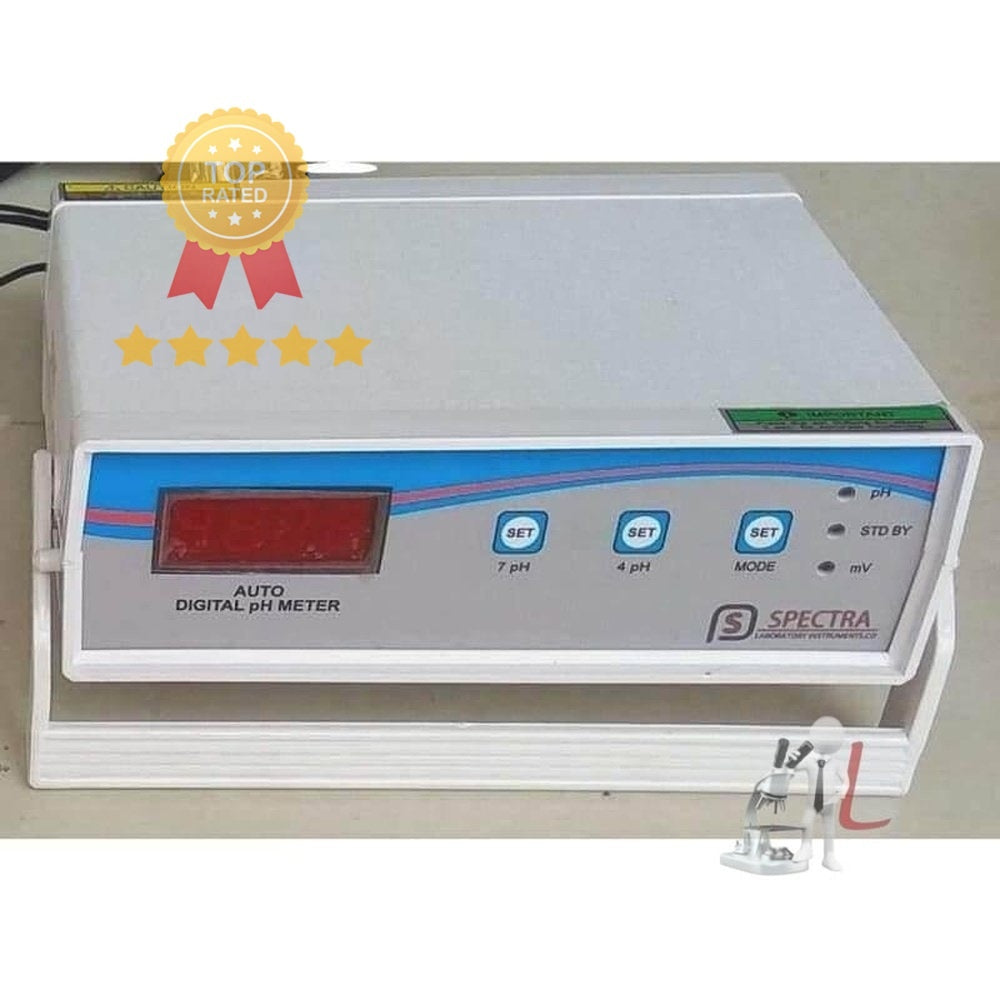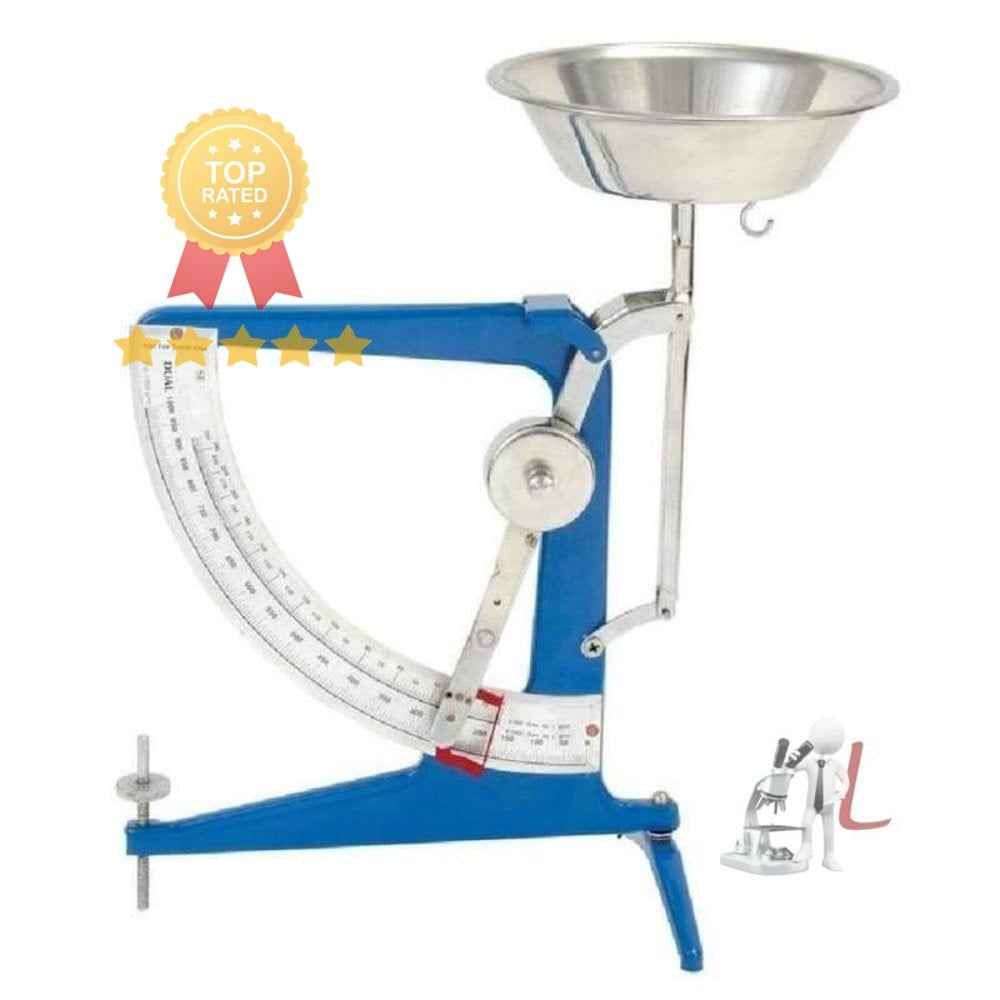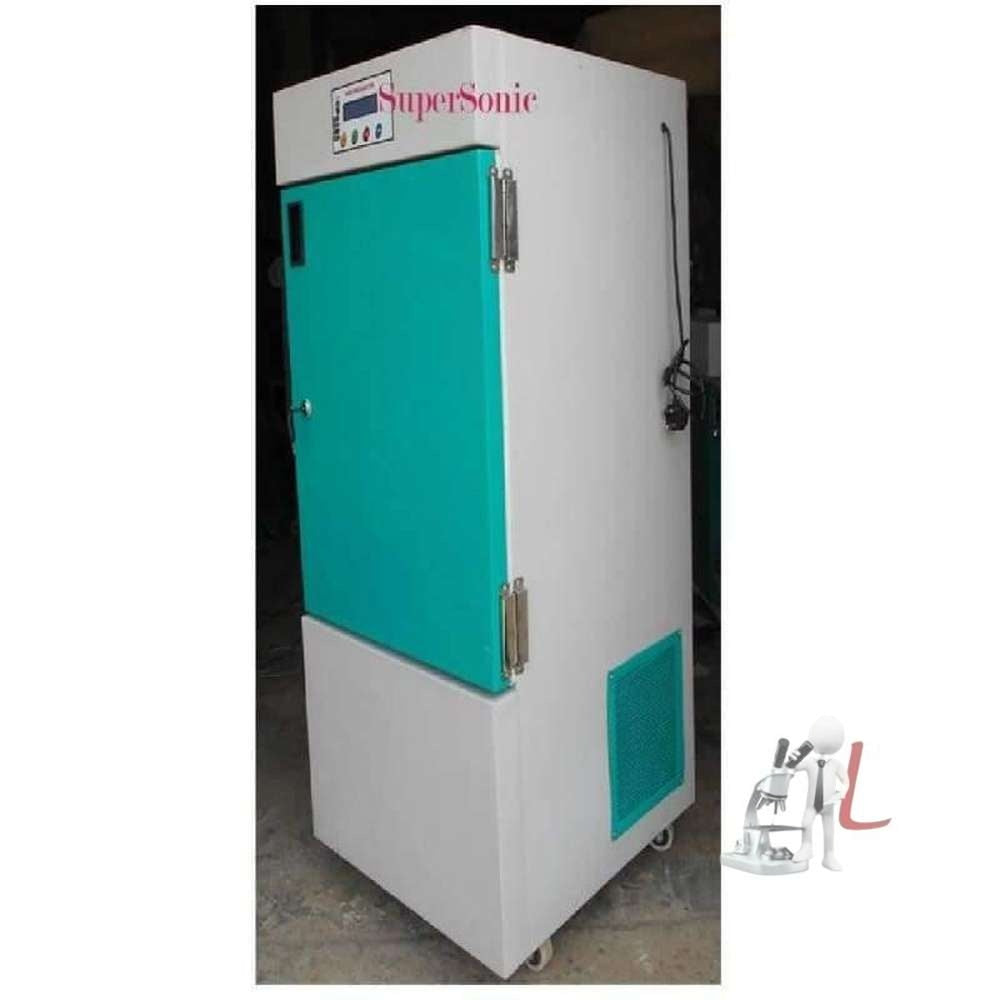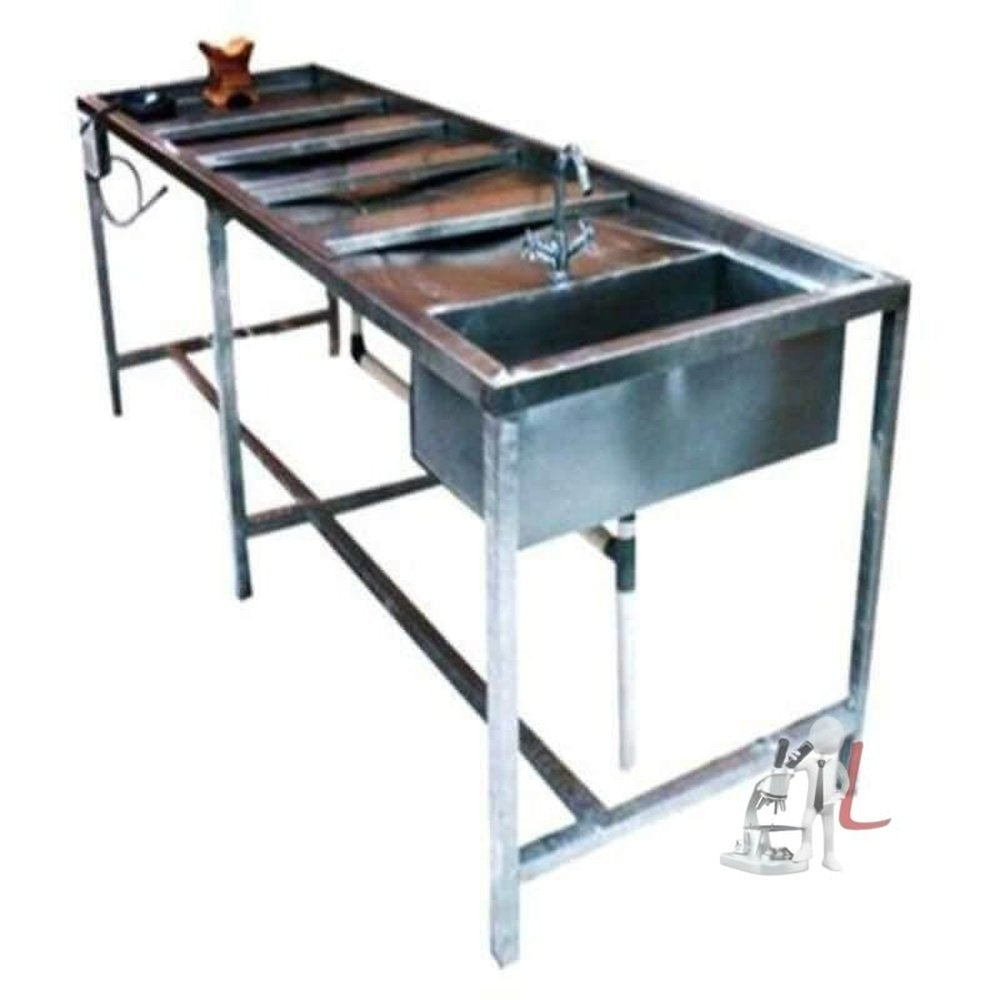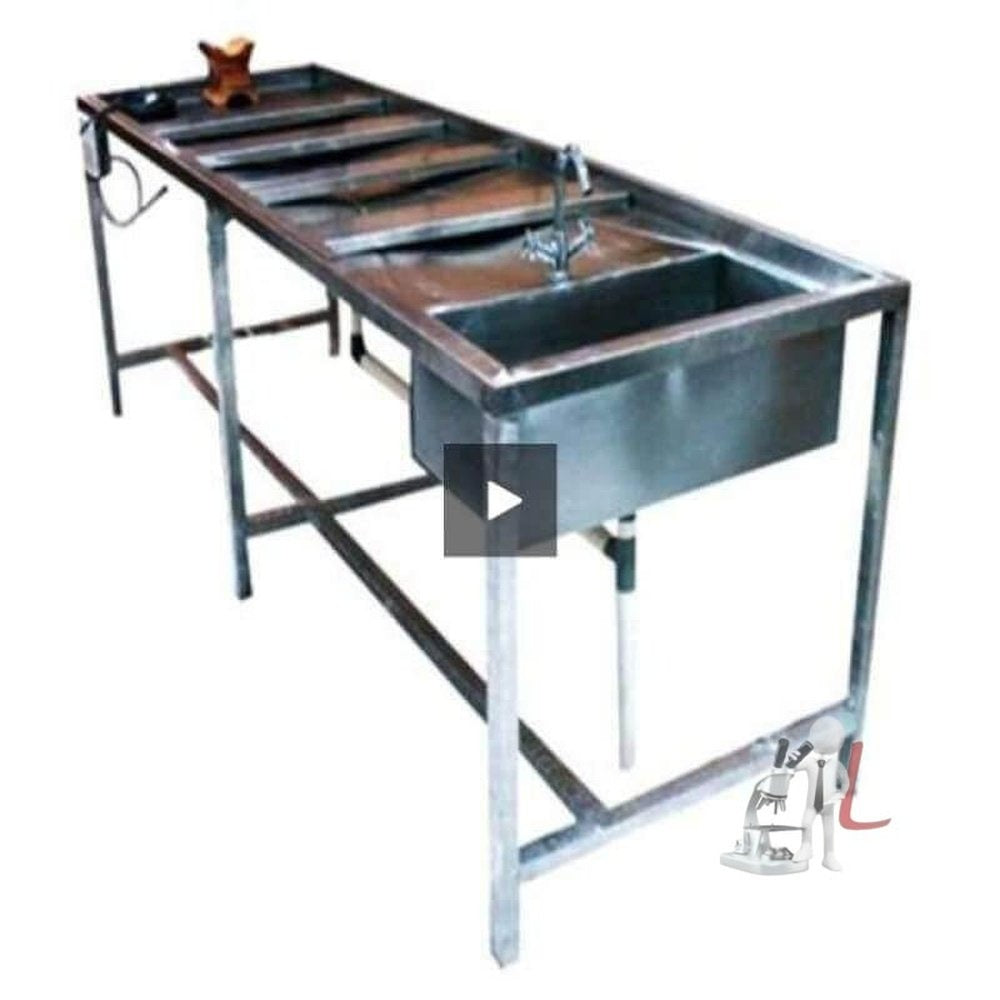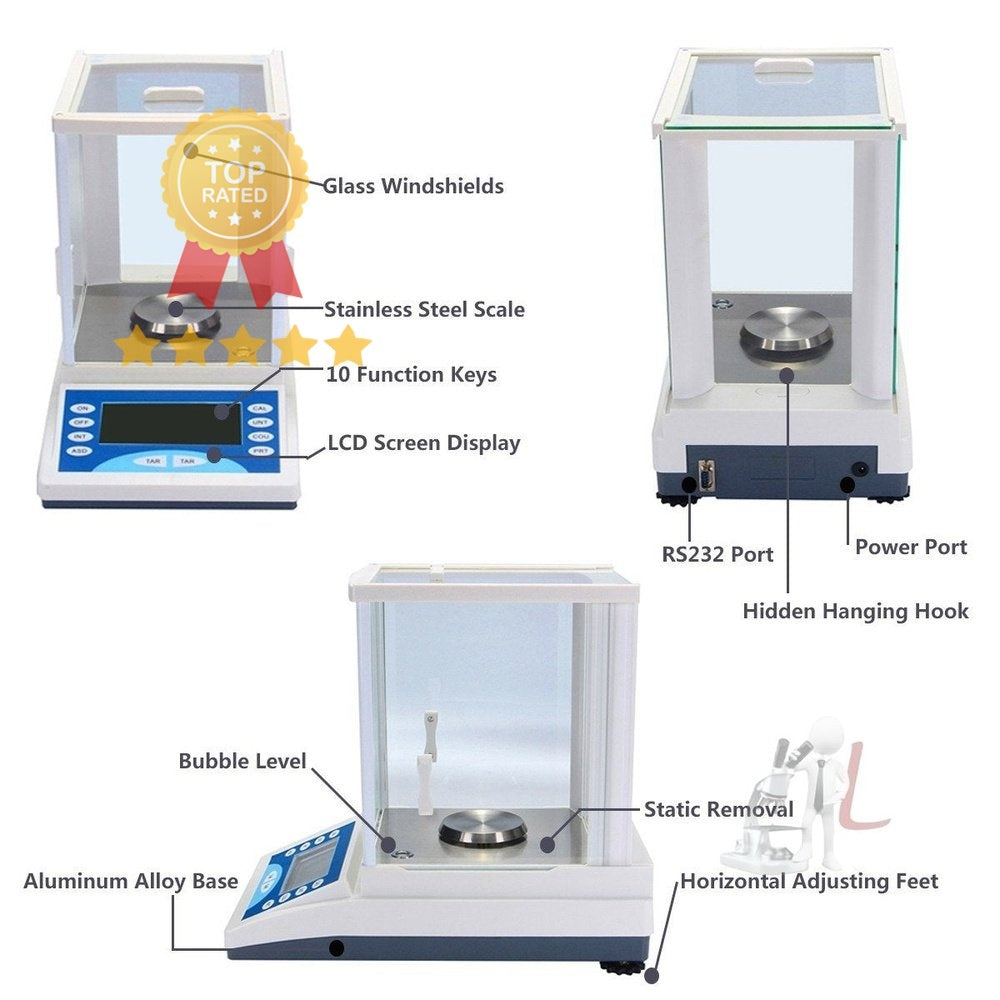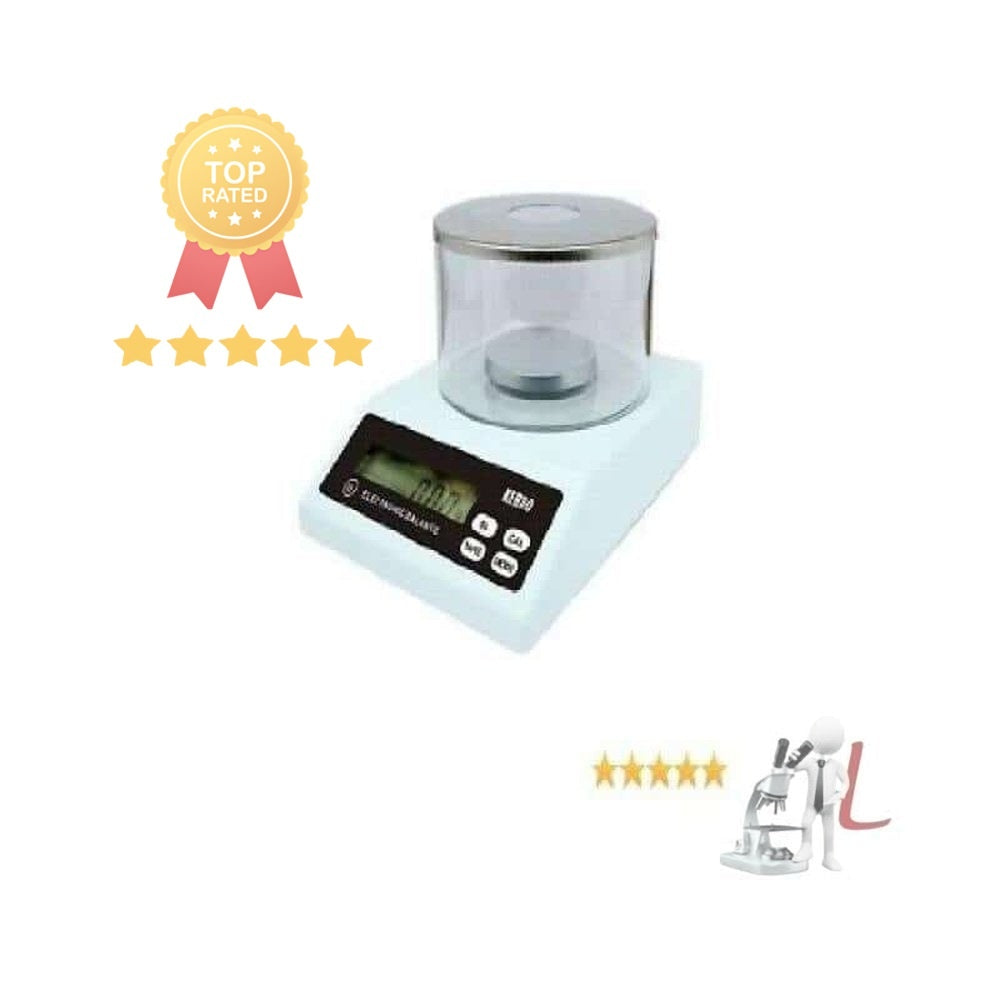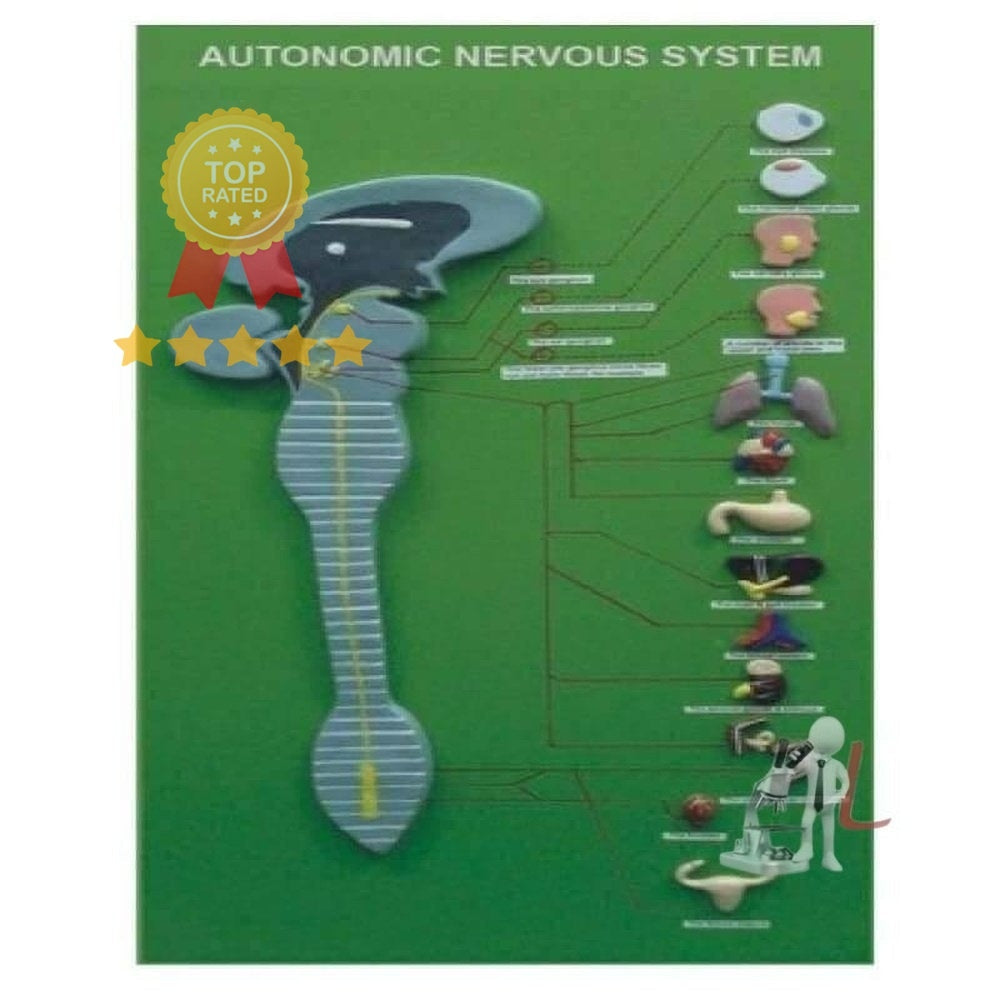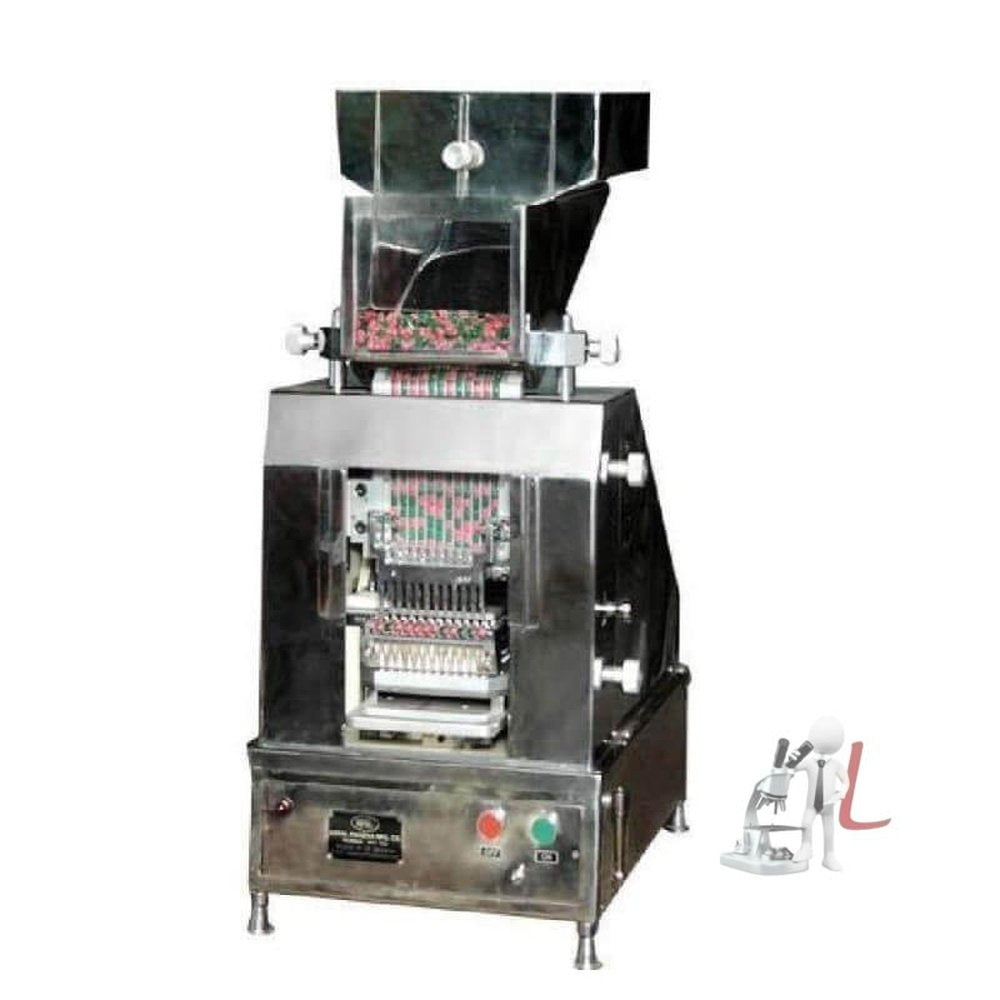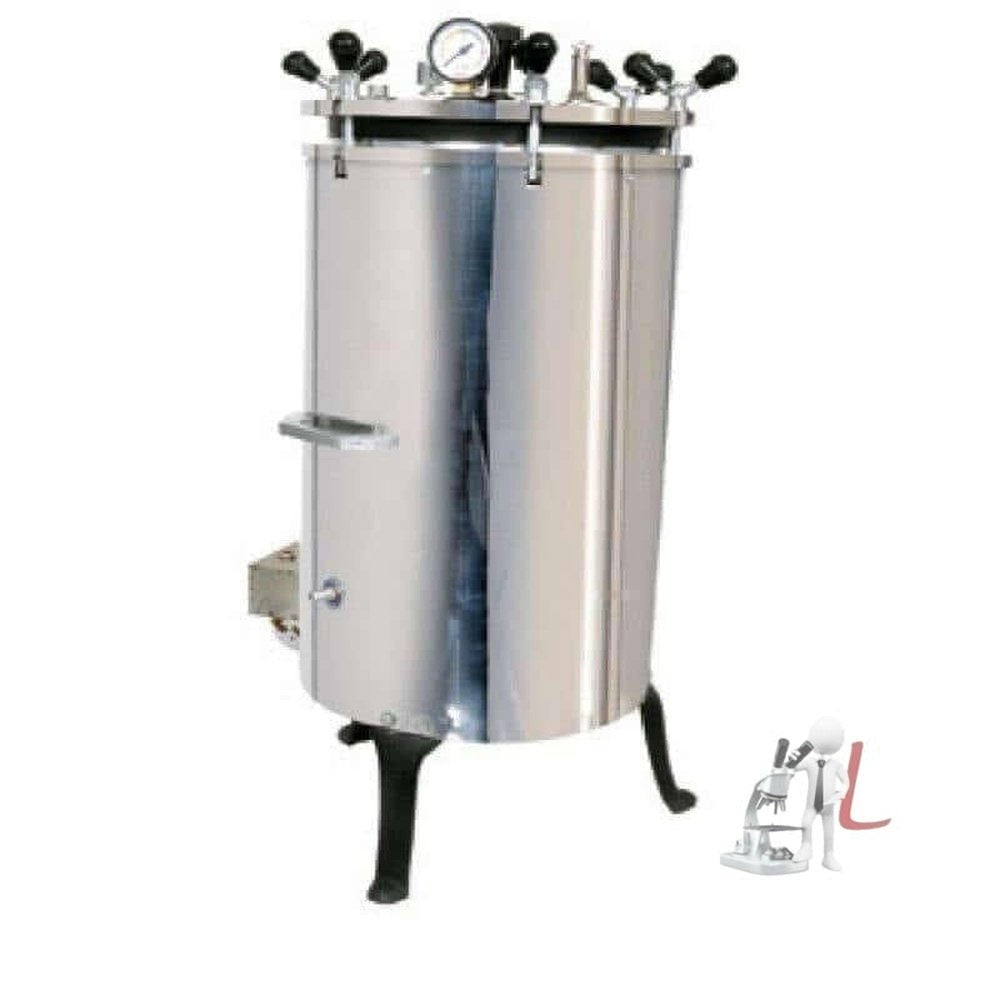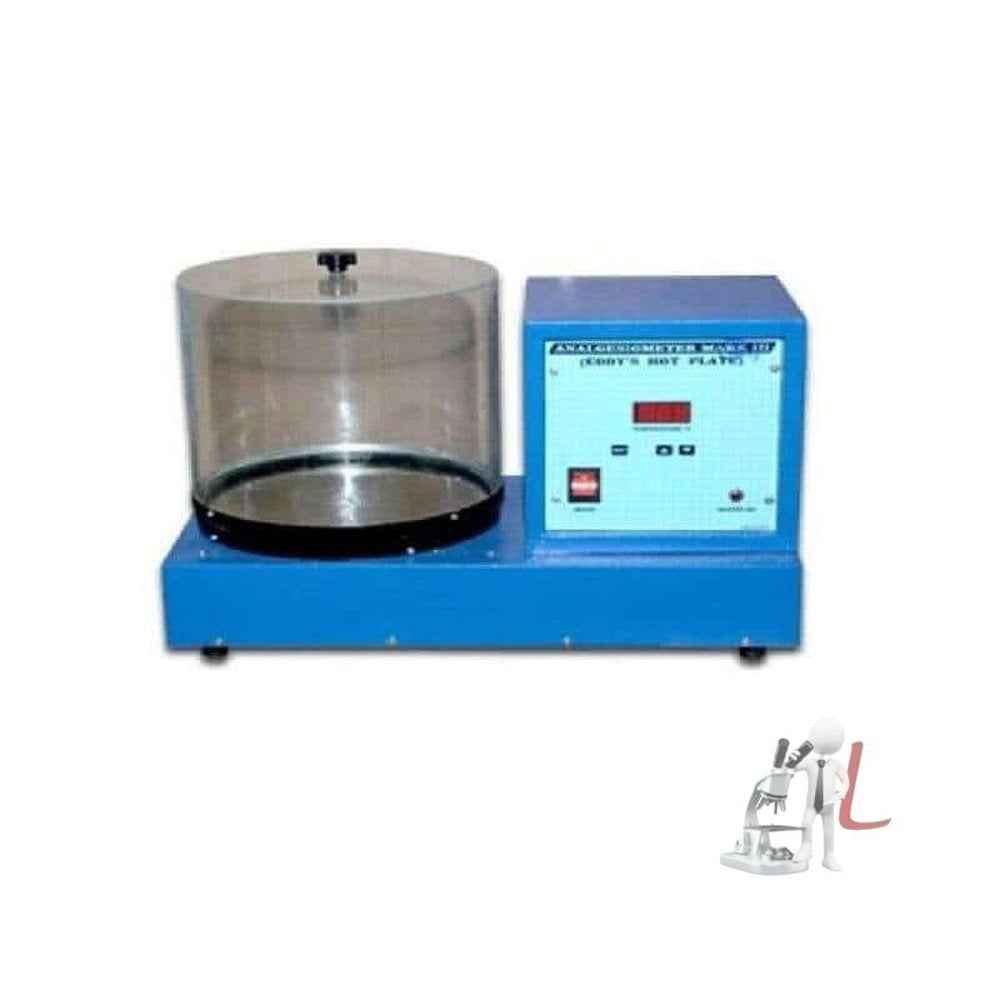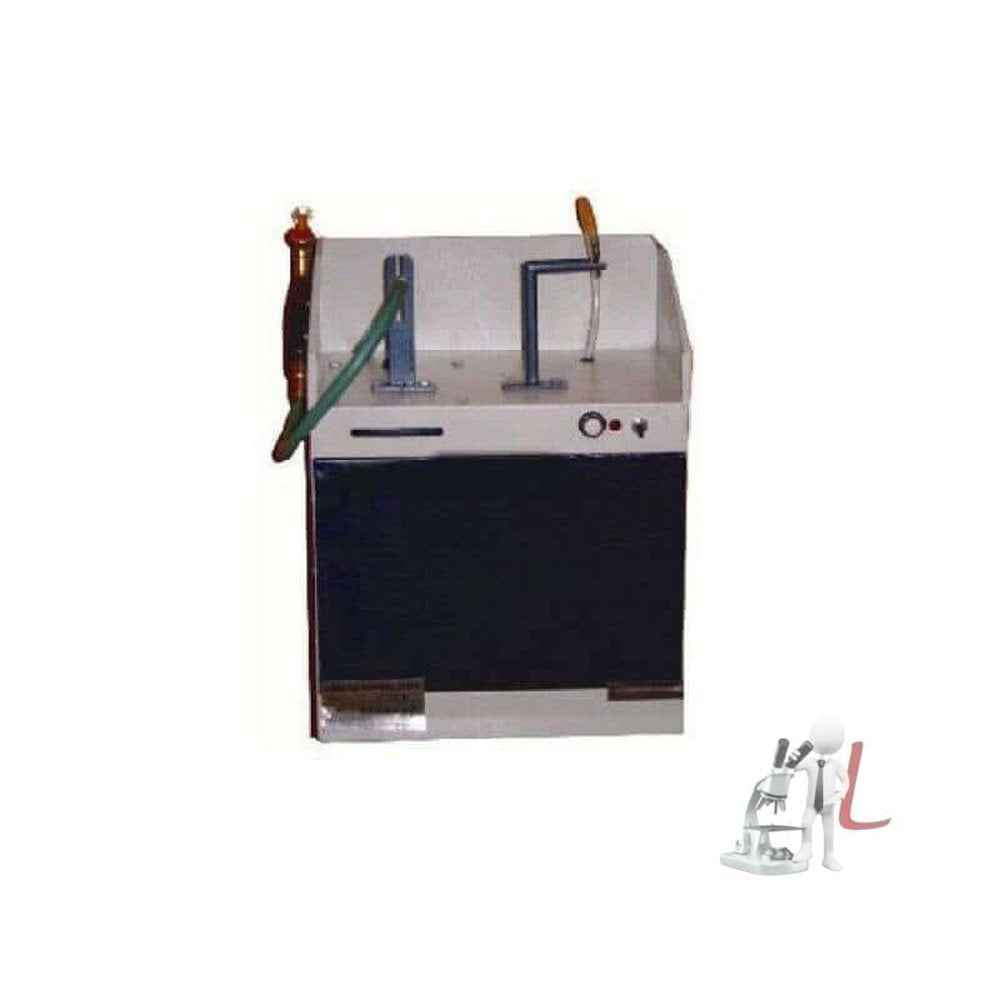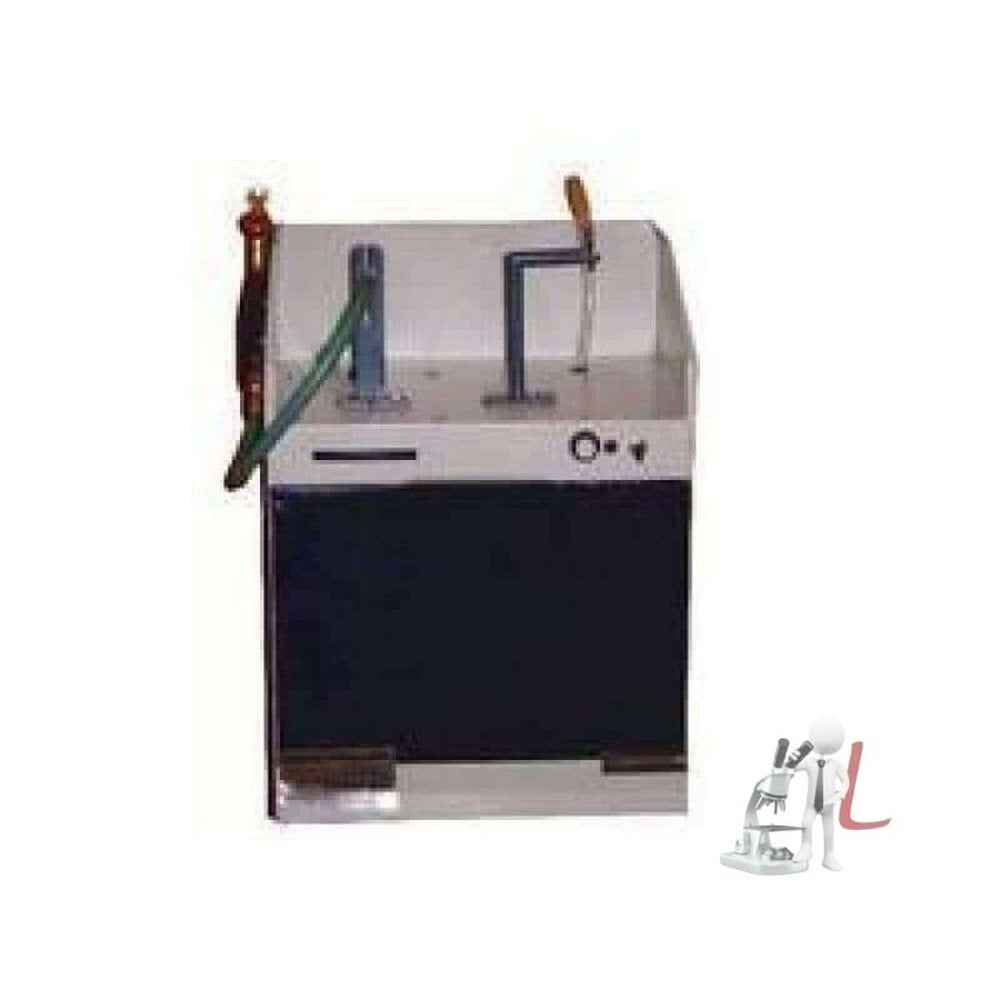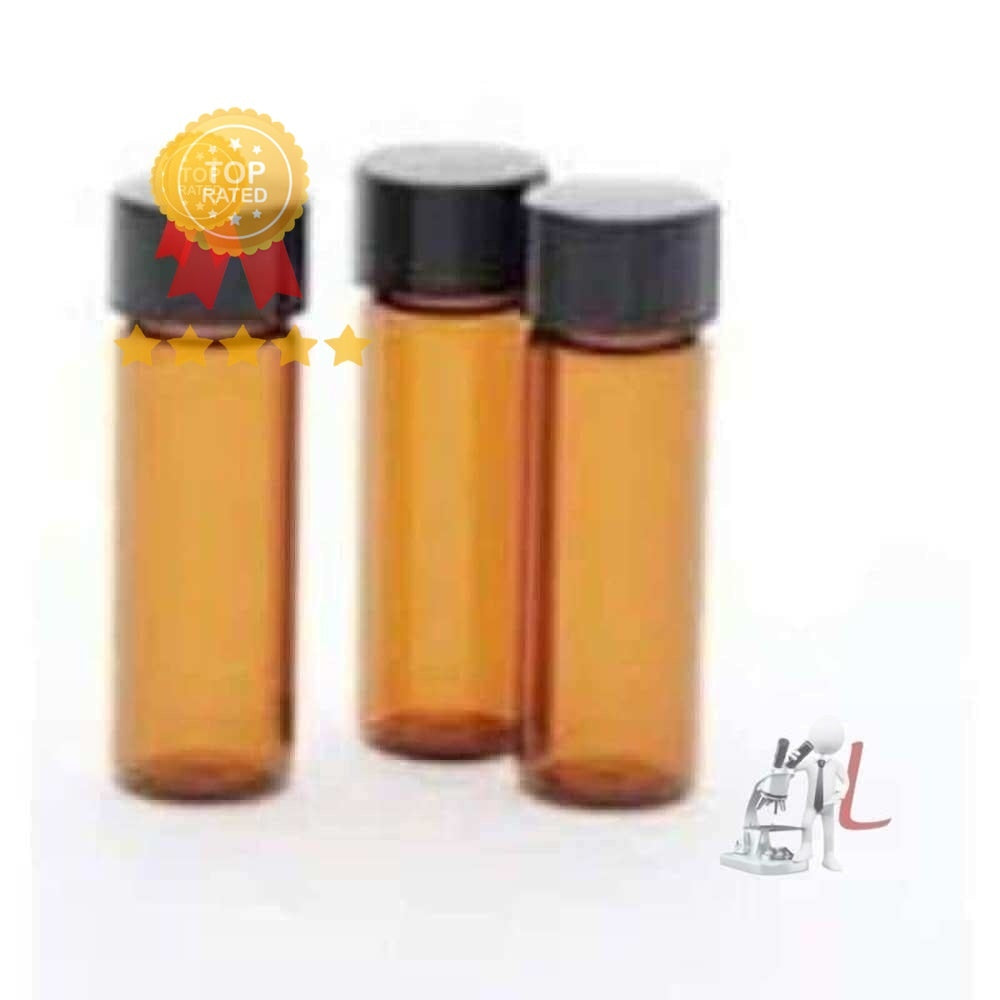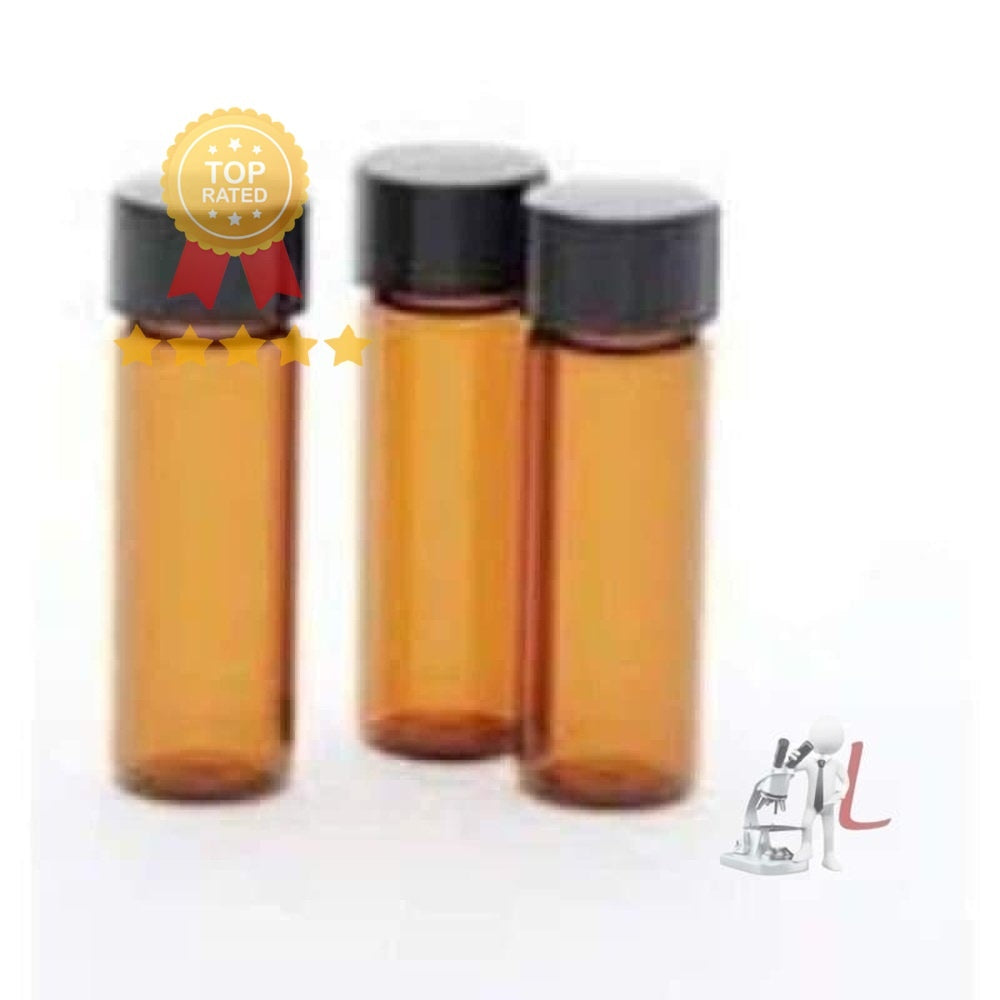Ayurvedic Pharmacy Tools
Ayurvedic pharmacy tools are essential for the preparation, measurement, and dispensing of Ayurvedic medicines. These instruments enable practitioners to accurately create herbal formulations, ensuring the effectiveness and safety of treatments. In Ayurveda, the right tools can significantly impact the quality of medicines, leading to better health outcomes for patients. The use of traditional tools, passed down through generations, demonstrates the system’s rich heritage and its commitment to natural healing.
One of the primary categories of Ayurvedic pharmacy tools includes measuring instruments. Accurate measurement is crucial in Ayurvedic practice to ensure the correct dosage of herbs and ingredients. Tools such as measuring spoons, scales, and graduated cylinders are frequently employed to achieve precise measurements. This not only helps maintain consistency in formulations but also ensures that practitioners adhere to the recommended dosages, minimizing the risk of adverse effects.
In addition to measuring tools, grinding instruments play a pivotal role in preparing Ayurvedic medicines. Traditional tools like mortar and pestle (known as ukhali in Hindi) are commonly used to crush and blend herbs into powders or pastes. The effectiveness of these instruments lies in their ability to prepare formulations that can be easily absorbed by the body. Some practitioners may also use modern electric grinders, yet many still prefer the authenticity of traditional grinding methods that are believed to preserve the potency of the herbs.
Another critical aspect of Ayurvedic pharmacy tools is the packaging and storage instruments. After preparation, the medicines must be stored correctly to maintain their efficacy. Proper containers made from natural materials, such as glass or clay, are preferred in Ayurveda as they are believed to enhance the medicinal properties of the contents. Tools for sealing and labeling are also necessary to ensure the proper identification and longevity of the preparations.
Dispensing tools, like syringes and droppers, are also essential for precise administration of liquid medicines, especially in pediatric practice where accuracy is even more critical. By providing the right amount of medicine, these tools help in achieving the desired therapeutic effects while preventing mishaps.
Moreover, the maintenance of hygiene is paramount in Ayurvedic pharmacy practice. Tools such as cleaning brushes and disinfectants are vital for maintaining the cleanliness of pharmacy instruments. Regular cleaning and sterilization not only uphold safety standards but also enhance the shelf life of the tools and the medicines prepared with them.
The use of Ayurvedic pharmacy tools is not merely about following a set of procedures; it embodies the philosophy of Ayurveda itself, which emphasizes the importance of balance and harmony. Each tool is designed to interact with natural substances in a way that respects their intrinsic qualities. Thus, the careful selection and use of these tools contribute to the holistic approach of Ayurveda, which aims to treat the person as a whole rather than just addressing isolated symptoms.
As modern technology continues to evolve, there is a growing trend towards integrating traditional Ayurvedic methods with contemporary practices. This fusion can be seen in the adaptation of Ayurvedic pharmacy tools to incorporate more efficient materials and designs while still retaining the core principles of Ayurvedic practice. For instance, eco-friendly and sustainable materials are being utilized, reflecting a broader movement towards environmental consciousness in health care.
In conclusion, Ayurvedic pharmacy tools are indispensable for the effective practice of this ancient healing tradition. By using these instruments, practitioners can ensure that the medicines they prepare are not only accurate in formulation but also uphold the values that Ayurveda stands for. As interest in natural and holistic health continues to grow, the relevance of these tools remains strong in both traditional and modern settings, bridging the gap between ancient wisdom and contemporary health practices.
Filter
Sort by

